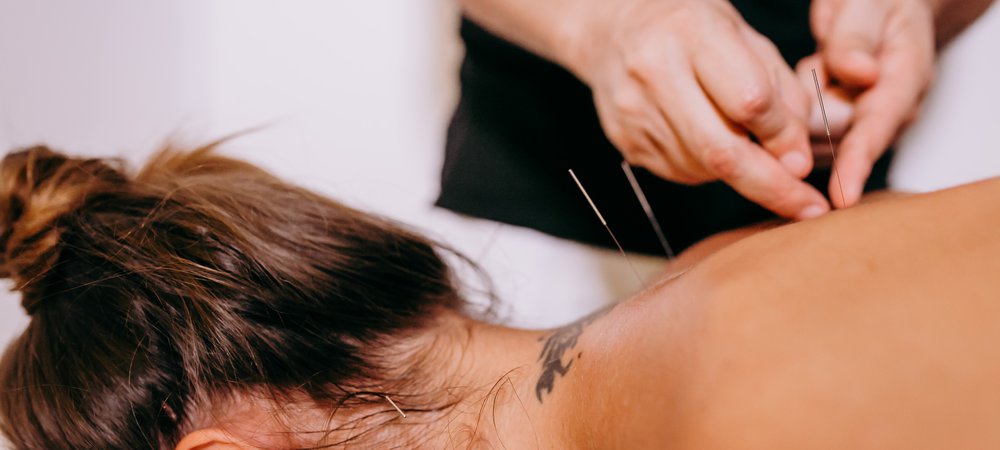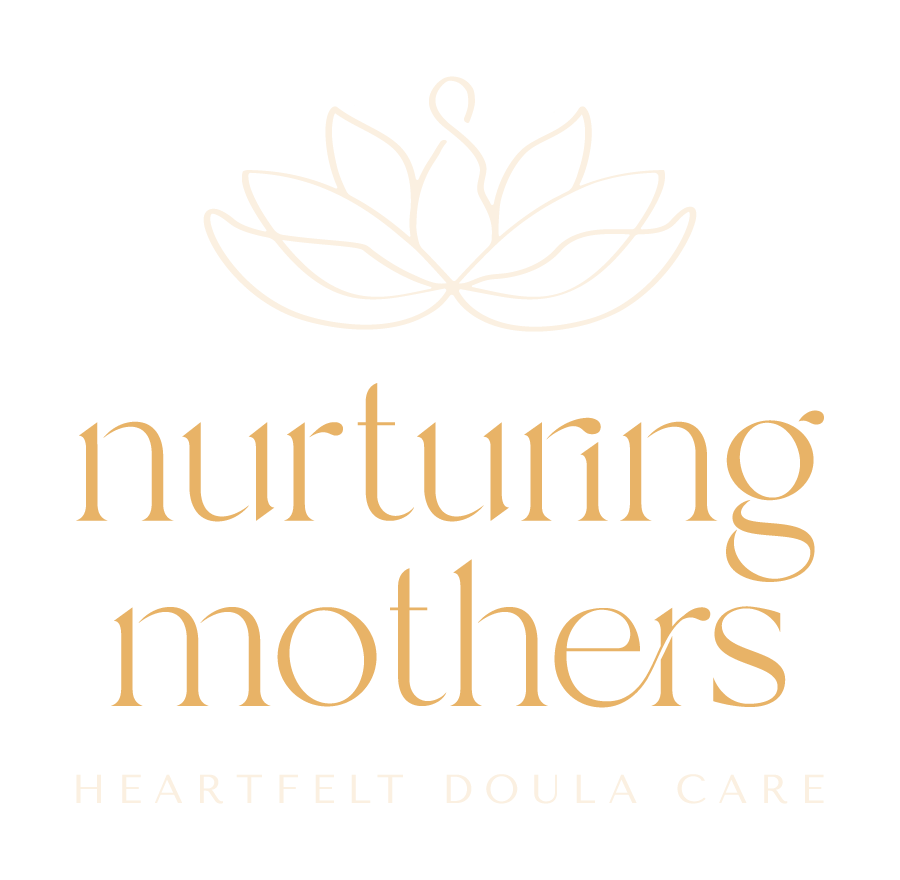
Traditional Chinese Medicine & Reproductive Health – An interview with Charlotte Machin
For a few months now, I’ve been going to see Charlotte – a Traditional Chinese Medicine (TCM) practitioner – to support my recovery from surgery, and to support my fertility and general health. Whilst in her capable hands during our various sessions, I’ve had so many inspiring and educational conversations with Charlotte – who, like me, is passionate about fertility, pregnancy and reproductive health – that I thought I’d interview her, and share with you more about this ancient tradition and health system, and how it can help us achieve and maintain good reproductive health.
I hope you enjoy learning more about it like I did! 😊
Hi Charlotte! Tell us a little about yourself.
 My name is Charlotte and I’m a TCM practitioner. I work with different TCM tools, like acupuncture and moxa, traditional Chinese herbal medicine, tuina massage, gua-sha and cupping to help people regain their physical and emotional health.
My name is Charlotte and I’m a TCM practitioner. I work with different TCM tools, like acupuncture and moxa, traditional Chinese herbal medicine, tuina massage, gua-sha and cupping to help people regain their physical and emotional health.
I came into the world of TCM to be treated myself when I was 15 years old, and years later I got more into it because it made sense to me how it sees the world and the body. I’ve always thought that the body has this language that you just don’t know how to read properly. These days we have so many tools to read it and even then, you still don’t know exactly what’s going on. I also felt that in our world and culture we are separating from nature to the point where we are not understanding our natural cycles in all of their ways, but through TCM I found a way of understanding the world a bit better.
I’m especially interested in women’s health, having done my postgraduate diploma in Gynaecology, Fertility & Obstetrics in TCM. This ranges from helping women regulate their cycles, prepare them for their natural or assisted pregnancy journey, recuperate during postpartum and help them in the later stages of women’s life, hoping to prevent and treat unwanted menopausal symptoms.
What can you tell us about TCM in general?
Firstly, that TCM is often thought about as being only acupuncture, but this is only one of its tools. Thinking of TCM as only acupuncture can put people off because not everyone is comfortable with needles, so I like to tell people that TCM is not acupuncture, but that acupuncture is part of TCM.
There are four branches to TCM:
- Internal medicine, which is herbal medicine
- Acupuncture and moxa
- Qigong, which is movement
- Tuina, which is massage
It may be useful to think of TCM as gardening. If we were a plant and we had mould on our branches and leaves, there are only so many mouldy leaves and branches that we can cut off before we end up with a very skinny and sad plant and nothing working for it. Yes, you can put pesticides on it or other products, but it might not thrive. And so then we have to think that maybe we don’t need to cut it back – maybe it needs more sun, or maybe it’s getting too much water and the soil is getting boggy so the roots do not have the capacity to take nourishment from the ground, or maybe it’s covered by other things in the garden (like big emotions, trauma, etc.). So, in TCM, we put the body into context, and we look at what the person wants to achieve.
We put into context where the person is in their health, in their age, where they are living, how they are living, where they are working, what external environment there is that is affecting the internal environment. And all this because of the constant communication between the individual and the world around them. For example, sciatica can very much come from cold being in the body or stuck in the body, so then if you are drinking ice cold water, wearing shorts in December, or having a tomato salad in November because the supermarkets sell it all year round and they are low in calories, you might actually be putting more cold in your body, leading to sciatica in winter. It’s not as simple as that of course, but this example gives an idea of the synergy that we look at between the individual and their context.
We look at the context for causes of ailment as well as to the internal environment, and for how to better support the body, because every person is different, even if they have similar symptoms.
And what are some of the common misconceptions about TCM?
I feel like some of the most common misconceptions about TCM is the wide range of treatments it offers. More often than not people I see seem to be surprised that acupuncture can treat more ailments than just back pain and anxiety. The other misconception is that it’s used preventatively only, which it isn’t (and also, why is prevention not a valid goal in itself…?)
TCM is a holistic medicine that can help many physical and emotional aspects of the body at the same time since the diagnosis in TCM involves a process called pattern discrimination. This is where we enquire about different bodily functions, when and how they present themselves, where the signs and symptoms reside for each person, what makes them better or worse and which systems may be involved.
For example, a person may present with headaches, and we will treat this differently depending on how it presents itself in each individual. However, it is possible that the headaches present with other symptoms, and this group of symptoms as a whole might be treated differently or in the same way. It is always a holistic and person-centred approach.

We treat by dispersing excess in the body, nourishing or tonifying if there are deficiencies and regulating when needed. For this, we commonly use acupuncture, herbal medicine and moxa, as well as some other techniques when required. TCM is a great choice if you want a drug-free option that focuses on rebuilding a healthy body and mind.
It is important to understand that TCM has specialties in all medicine branches. Gynaecology and Obstetrics was widely written about in ancient texts with mentions in the classics as far back as 200 BCE and compendiums of treatments for women’s health issues in specialised gynaecology and obstetrics literature that we still base treatments on today from the 1400-1600’s.
Chinese herbal medicine, acupuncture and moxa are the most widely used treatments for women’s health and the understanding of the woman’s physiology from a Chinese medicine perspective can help navigate the different stages of a woman’s life.
How can TCM support fertility in particular?
TCM can support fertility by investigating general health issues in the first instance. The baseline health is a great starting point for both men and women to take into account before they start on their parenthood journey. Common questions we ask on the first consultation will be about energy levels, sleeping patterns, digestion and emotional health as well as checking in on pain in the body like migraines or lower back issues or underlining health conditions that could affect fertility like auto immune diseases, stress or unregulated hormone levels. Going back to the plant analogy, gardeners and farmers work on the land well before they sow their seeds, and the same applies to fertility; all of the things I already mentioned can have an impact in the overall health and it’s a great thing to generate a better physical and emotional space for men and women before trying to conceive, ideally from at least 3 months before conceiving as that is how long it takes for oogenesis and spermatogenesis to happen, and for these cells to be the healthiest they can be.

Following this, it is important to look at the woman’s menstrual cycles and that they are well regulated, not too painful, not too long or too short or that PMS symptoms are under control and don’t have a great impact on life. Checking hormones like FSH, LH, Oestrogen, Progesterone, a full thyroid panel, prolactin levels etc can be a good starting point to check where things are, especially if a woman is coming off hormonal contraception and is not getting regular cycles, or if she has some underlining illness. A woman can easily track her ovulatory cycles with a Fertility Awareness Method of choice, and we can use this in the clinic to fine-tune acupuncture and herbal treatments. I encourage women to use this for their own self knowledge and understanding, regardless of its use for conception or contraception. I offer teachings as a qualified FABM instructor and can fine tune treatments to the body’s natural cycles.
It is important to understand that not only the woman’s age, but also her overall health will have an impact on her fertility and how she manages her pregnancy and postpartum.
What about pregnancy and birth? How can acupuncture and TCM support this?
The bigger impact is in the first trimester, when we want the foetus to be stabilised, and to help the body to establish the pregnancy and strengthen the mother.
Then, if there are no concerns, during the following trimester the mother is not ill! She’s a pregnant lady, and so we don’t focus so much on the second trimester.
For the last 3 months of pregnancy, we can help the mother build her strength for birth and postpartum, and “put things in their place”, like helping to turn a breech baby.
Acupuncture can help with a broad range of ailments, like strengthening the mother following recurrent miscarriage, easing nausea and vomiting, heartburn, constipation, UTI’s, musculoskeletal conditions, fatigue, insomnia, anxiety and depression in pregnancy, pelvic girdle pain, breech and posterior positions, pre-birth preparation, cervical ripening, encouraging labour, labour and delivery.
And after the baby is born, how can acupuncture and TCM support postpartum?
After the baby arrives, the mother needs to be really well taken care of, to have her energy rising, and to be kept warm, so she can feel strong with the baby and the baby can feel strong with her.
Acupuncture and herbal treatments can help the mother recuperate after birth, for c-section recuperation, night sweats, mastitis, insufficient lactation or other breastfeeding problems, postnatal depression, afterpains. TCM can also guide on what to eat, and what habits to cultivate or discard in that period. Acupuncture can even help in regaining feeling in a caesarean scar, once it’s healed.
There are specific treatments for tonifying the mothers at this stage to help them heal from the birth and to smooth their entry into motherhood.
Is there a best time to seek TCM support during the childbearing season?

For fertility, ideally at least 3-4 months before conceiving.
In pregnancy, the right time is when mothers feel the need for it, or where there is a problem. That being said, for turning a breech baby or a baby in a posterior position, week 36 to 37 (or slightly before) is ideal as after this it is less likely that the baby will turn, though it’s still worth trying. I’ve actually supported a woman who came to me with a breech baby at 39+4 and the baby still turned with acupuncture and moxa. For encouraging labour, again week 36 is a good time so we can start preparing the body for cervical ripening (but you can still come later than that and we’ll adapt the frequency of the sessions).
How can people find you?
You May Also Like

Umbilical Cord Ties: A Guide
April 22, 2024
Hyperemesis Gravidarum, and my journey through it
January 25, 2022
